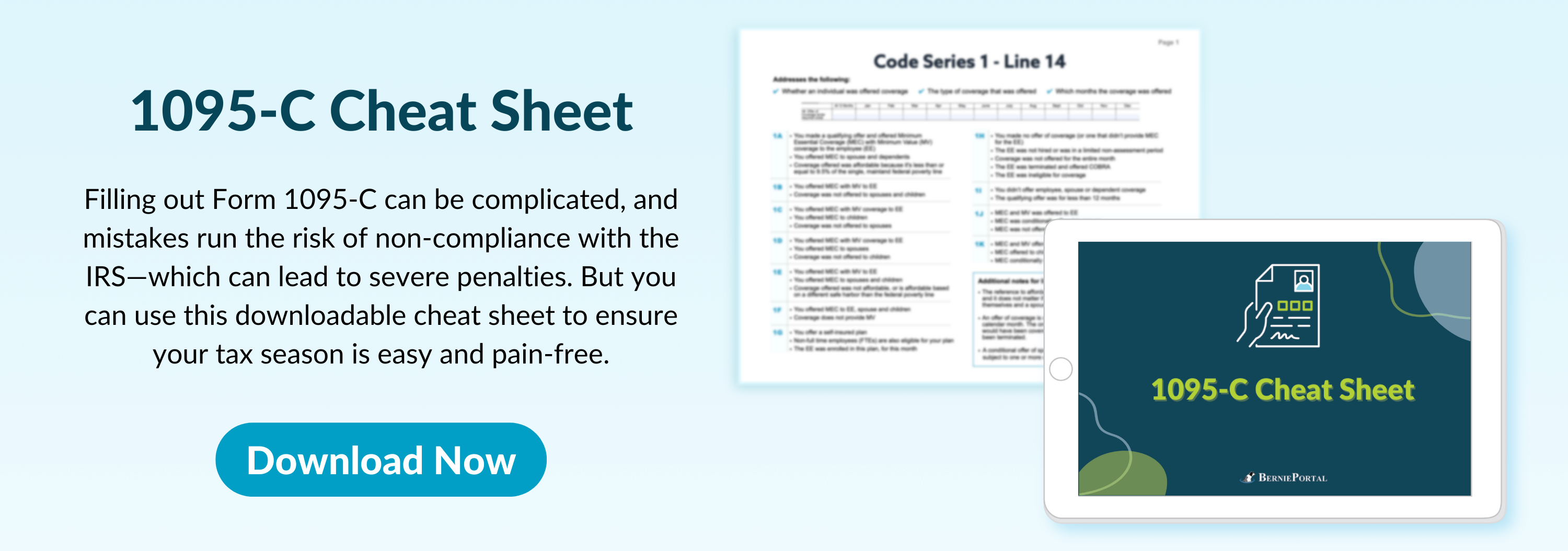
Written by
Aidan Farrish
Aidan is an aPHR-certified writer on the marketing team at BerniePortal. She writes about HR, healthcare, and benefits.
HR Employee Record Retention Guidelines in 2024

Employers are required to keep employee records and documentation for a certain amount of time. However, federal guidelines differ depending on the type of documentation. Some documents or records must be kept under lock and key years after someone departed your organization; others, you can toss much sooner.
So, we have formulated a comprehensive guide that will explain which documents HR pros should hold onto, how they need to be maintained, and for how long. Understanding this crucial information will help you stay compliant in case auditors ever come knocking.
Which Records Must Employers Keep, and for How Long?
Let's do a quick overview of the employee records HR professionals should keep, even once someone has left for other opportunities.
- Employee Personnel Records on file: 4 years after termination, and 6 years in some states.
Employers should keep the personnel files of employees in case they must furnish important forms, update required information concerning retirement benefits, and more. So from the date of hire, you must retain records for at least 4 years, whether or not the employee leaves your organization.
According to the Equal Employment Opportunity Commission (EEOC), employers must keep all personnel and employment records—including job applications, requests for reasonable accommodations, alongside additional recordkeeping obligations—for one year from the date of termination.
So in official terms, 4 years is a stretch. But there are reasons why you may want to consider holding onto records for longer than 1 year.
For example, records for performance appraisals from years back may be requested by future employers. Other terms of employment, like lay-offs or training requirements, have reason to be needed by employees, employers, and yourself. This sounds like you're stuck keeping around a lot of paperwork, but that isn't the case.
Using an all-in-one HRIS makes keeping records easy, as BerniePortal never deletes employee records but will ensure terminated personnel files aren't cluttering your desk or system, either.
-
Employee Tax and Payroll Records: 4 years after termination, and 6 years in some states.
This information helps you maintain compliance with certain federal and state requirements. SSN, addresses, pay rate data, and more are often required by organizational tax filings, even if the employee left your company years ago.
There are more specifics to this kind of record-keeping, which we can go into more depth about later.
-
Recruitment or Hiring records: at least 1 year.
These records are critical to developing an informed applicant tracking strategy. This includes interview notes, so ensure your recruiting solution can catalog all the conversations you, hiring managers, and other involved parties have regarding candidates. Email chains can get lost or deleted, so keep your records safe by implementing an HRIS.
- Employee Benefits Information: six years following employee separation from the organization.
Employers should maintain benefits records such as plan documents, Form 5500, financial statements, election forms, plan termination records, trust reports, 401(k) forms, COBRA documentation, and other benefits documentation.
- Medical Records (FMLA): 3 years.
- Medical Records (HIPAA): 6 years.
- OSHA Logs: 5 years.
- Title VII Records: 1 year.
Which Forms Must Employers Keep, and for How Long?
While some records contain more than one form, set of notes, etc., specific forms are also important to retain for compliance purposes.
-
Form I-9: 3 years after the employee's hire date or 1 year post-termination, whichever happens later.
Form I-9 confirms that an employee can legally work in the United States. Employers are federally required to keep Form I-9 on file for every employee.
- Form W-4: 4 years.
Why Should HR Keep Payroll, Tax, and Benefits Records?
According to the Department of Labor, under the Fair Labor and Standards Act, employers must keep all payroll records, and sales and purchase records, for at least 3 years.
The DOL also requires employers to keep wage records such as time cards, wage rate tables, job evaluations, collective bargaining agreements, work schedules, and records of wage changes for 2 years.
In addition, employers need to maintain employee tax records for 4 years following the 4th quarter of that filing year. According to the IRS, the tax records should include:
-
Your employer identification number
-
Amounts and dates of all wage, annuity, and pension payments
-
Amounts of tips reported
-
The fair market value of in-kind wages paid
-
Names, addresses, social security numbers, and occupations of employees and recipients
-
Any employee copies of Form W-2 that were returned to you as undeliverable
-
Dates of employment
-
Periods for which employees and recipients were paid while absent due to sickness or injury and the amount and weekly rate of payments you or third-party payers made to them
-
Copies of employees' and recipients' income tax withholding certificates (Forms W-4, W-4P, W-4S, and W-4V)
-
Dates and amounts of tax deposits you made
-
Copies of returns filed
-
Records of allocated tips
-
Records of fringe benefits provided, including substantiation
How Should Employers Manage Records?
Organizations should always conduct HR audits to determine the strengths and weaknesses of their current recordkeeping systems. Audits will help them keep track of all necessary documentation, ensure appropriate filing systems are in place, and maintain compliance.
While employers are permitted to file records either in paper form or electronically, most industry leaders would agree that investing in a secure HRIS system is the safest and most effective means of managing employee documentation. Organizations should directly integrate their HRIS system into their compliance and recordkeeping policies. If utilized appropriately, an HRIS can help employers streamline the recordkeeping process, significantly increasing their levels of compliance.
HR teams are typically responsible for distributing an array of notices, which often require employee acknowledgment. These notices may often require a signature from employees as well. A fully integrated HRIS system should manage records requiring employee engagement by offering employees access to the documents electronically. Additionally, it should include a feature that allows administrators to export all signed notices and documentation. These procedures will help you remain compliant when it is time for an audit.
Additional Resources
You can also stay informed, educated, and up-to-date with record retention requirements and other important topics by using BerniePortal’s comprehensive resources:
- BerniePortal Blog—a one-stop-shop for HR industry news
- HR Glossary—featuring the most common HR terms, acronyms, and compliance
- HR Guides—essential pillars, covering an extensive list of comprehensive HR topics
- BernieU—free online HR courses, approved for SHRM and HRCI recertification credit
- HR Party of One—our popular YouTube series and podcast, covering emerging HR trends and enduring HR topics

Written by
Aidan Farrish
Aidan is an aPHR-certified writer on the marketing team at BerniePortal. She writes about HR, healthcare, and benefits.
Related Posts
Each year, new state and local regulations take effect, and with a new administration...
As we approach 2025, it's essential for HR professionals to plan for the upcoming year's...
From major holidays to key compliance and ACA deadlines, here’s everything you need to...









Submit a Comment